-
by Lotus Gemology
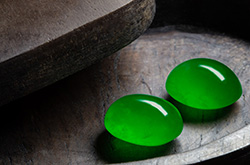
Recent studies show that the gem known throughout the non-Chinese world as "jadeite" jade is actually a rock composed of three major mineral components – jadeite, omphacite and kosmochlor. These components grow in a submicroscopic aggregate with grains so small that normal lab instruments (FTIR, Raman) cannot easily determine the true composition. As a result, China's gem trade has adopted the traditional term "fei cui" (pronounced 'fay choy') to cover all the pyroxene jades. Lotus Gemology has done the same starting on 1 July 2023, dropping the names jadeite/omphacite/kosmochlor in favor of the scientifically more correct "fei cui."
-
by E. Billie Hughes

There are many benefits to using a long-wave UV torch when testing ruby and sapphire. Here are a few examples.
-
by Kaylan Khourie
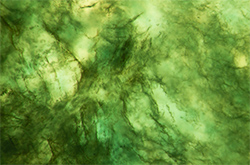
Jade has a long and varied nomenclatural history, with its definition altered in the current age for practical and cultural reasons. This paper examines the hardness of "fei cui" (pyroxene jade) and presents the findings in a simplified format based on empirical evidence and theoretical principles, while also considering the jade hardness data available in literature.
-
by Richard W. Hughes
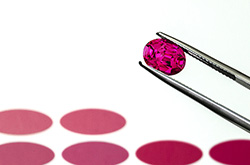
Color types such as "pigeon's blood," "Paraíba" and "cobalt blue" have become wildly popular in the gem trade. But there is a vast difference between coining such terms and applying them in a way that is both consistent and logical. Richard Hughes casts a critical eye at the subject.
-
by Lotus Gemology
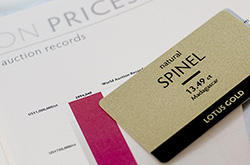
How does one go about choosing a good gem testing lab? The gemologists at Lotus Gemology provide the following guide to help customers make the best decisions when choosing a good gem testing lab.
-
by E. Billie Hughes and Wim Vertriest
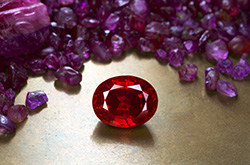
Detection of heat treatment below 1200°C in ruby and sapphire can present challenges to gemologists. In this study, the authors heated Burmese ruby samples and detailed the features that help in the detection of heat treatment.
-
by Richard W. Hughes

A truth that's told with bad intent, beats all the lies you can invent.
—William Blake [1757–1827], Proverbs, Line 95
-
by Richard W. Hughes
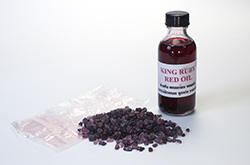
When a red spinel and a tanzanite were submitted for testing, oil was found in the fissures. Removal of the oil resulted in a startling deterioration in clarity.
-
by E. Billie Hughes
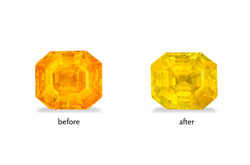
Some yellow sapphires contain unstable color centers. The following discussion outlines case studies of stones that faded after testing in the lab, and how color may be restored.
-
by Wimon Manorotkul
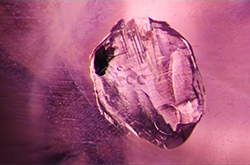
The internal world never fails to amaze, as witnessed by this incredible video of a negative crystal in a Sri Lanka sapphire.
